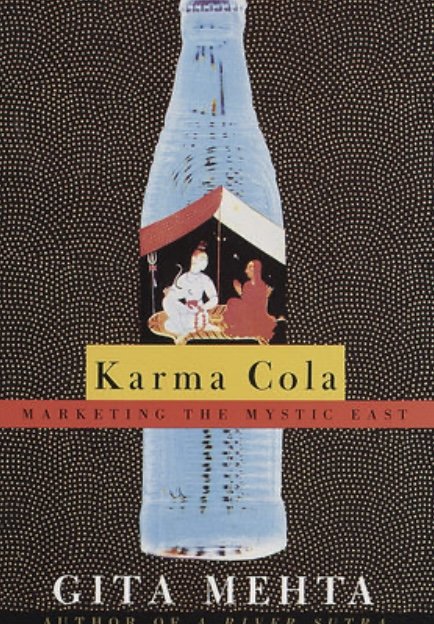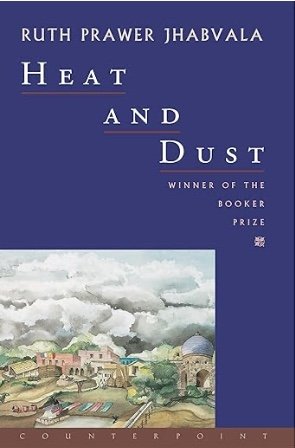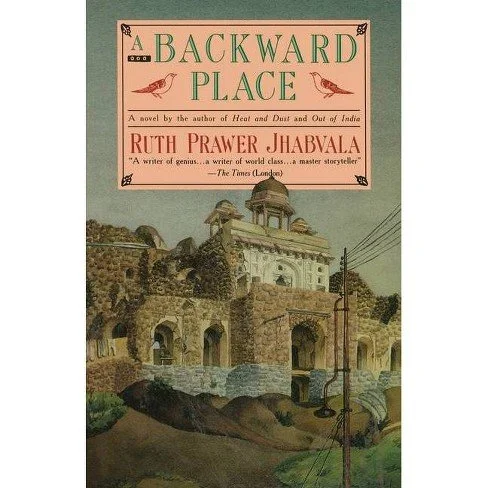Rosarita by Anita Desai (Scribner) ~Janet Brown
Our mothers are the ones who first teach us about secrets. They’re the ones who tell us the truth about Santa and the Tooth Fairy after hiding that from us during our earliest years. They slowly divulge other hidden stories as we get older, but it’s only after they die that we realize they’ve concealed the biggest secret of all, one we’ll never know. Who were our mothers in the years before we were born to them?
The narrator of Rosarita is certain she knows all there is to know about her mother and none of it is particularly interesting. Then she goes off from her home in India to San Miguel in Mexico, a place she’d never heard of before until she goes there to study Spanish. While sitting on a park, she’s accosted by a stranger who greets her effusively, saying she once was good friends with the narrator’s mother. “Rosarita,” she calls her vanished friend although the narrator assures her that her mother was Sarita. “Did I not say?” the stranger insists, and is delighted to learn that the narrator is named Bonita. “She would of course have given you a name she heard here,” the woman claims, while Bonita insists her name is similar to others given to girls in India.
“You look just like your mother,” the stranger insists, “Are you an artist too?” Your mother came here to paint and we were good friends, is the burden of this stranger’s insistent story.
Although Bonita is convinced that this old woman is mad, she begins to piece together all she remembers of her mother and finds there are large gaps in her knowledge. Little unexplained scraps of her childhood reappear in her memory, the boxes of paper stored away and never unpacked in an unused room where she often finds her mother collapsed on the floor, in tears; the small unsigned pastel sketch that hung above her bed that was a picture of a woman sitting on a park bench with a small child playing in the dirt nearby. Yes, she admits to herself. This park looks much like the one where she was accosted by the eerie stranger.
She begins to see the old woman everywhere she goes and is persuaded to accompany her to places where her mother once lived during her Mexican sojourn. Disbelieving but still curious, she follows the person she’s begun to think of as The Trickster to spots that have been abandoned--a house her mother supposedly had lived in that’s now a piece of a tiled wall in a vacant lot, a place that had been a refuge for artists that has only the remains of a ruined chapel and a few dilapidated huts.
As she learns about the dreadful similarities between the Mexican Revolution and India’s partition, each with their trains carrying “unspeakable cargoes” of corpses and injured refugees through “barbaric landscapes,” she remembers her mother being disparagingly termed as one of the “railway people” by relatives of Bonita’s father. When asked about her past, her mother would say only “I can’t remember.” As The Trickster leads her to the Mexican coast, a relative of this strange woman might have details of truth about Bonita’s mother, but when her guide lapses into madness, the questions go unasked. The life of her mother becomes alive in her imagination, “a fragment of truth,” “unfolding like a scroll, its beginning and its end both invisible.”
Yet there is that solitary sketch that evokes Mexico, her mother’s unexplained misery and long absence, and the kohl-rimmed eyes, the arms filled with bangles, and the smell of a South Asian fragrance that The Trickster wears when she introduces herself at the beginning of this quest. Is this enough to establish a tenuous truth? It becomes enough to lead Bonita through Mexico, with her unanswered questions and the possibility of discovering her mother’s past.
Although Rosarita is a slender book with a size much smaller than the usual novel, it teases and haunts with that universal mystery of the secrets mothers never divulge. Desai makes Bonita’s Mexican journey irresistible with descriptions that beckon and entice, with a bright and sharp beauty. In an author’s note, she elaborates upon the parallels between the histories of India and Mexico that in the past drew an Indian artist to this other country, in the same way The Trickster claims it drew Bonita’s mother. Gently and inexorably, Rosarita demands more than one reading of a story that’s both tantalizing and satisfying, ending with questions and the joy of an unending adventure.



















